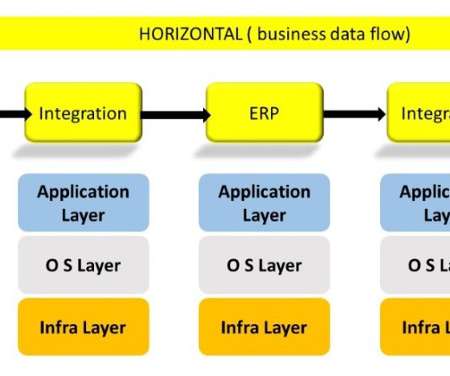AI adoption accelerates as enterprise PoCs show productivity gains
CIO Business Intelligence
APRIL 4, 2024
Some prospective projects require custom development using large language models (LLMs), but others simply require flipping a switch to turn on new AI capabilities in enterprise software. “AI That work is difficult and requires highly skilled talent, which is why many enterprises bring in a partner to help with the work.
































Let's personalize your content